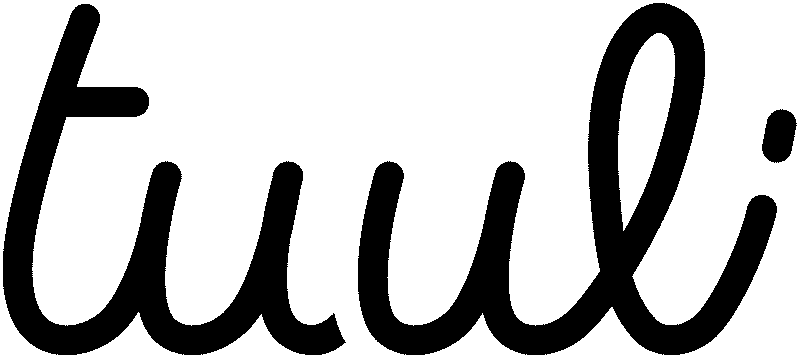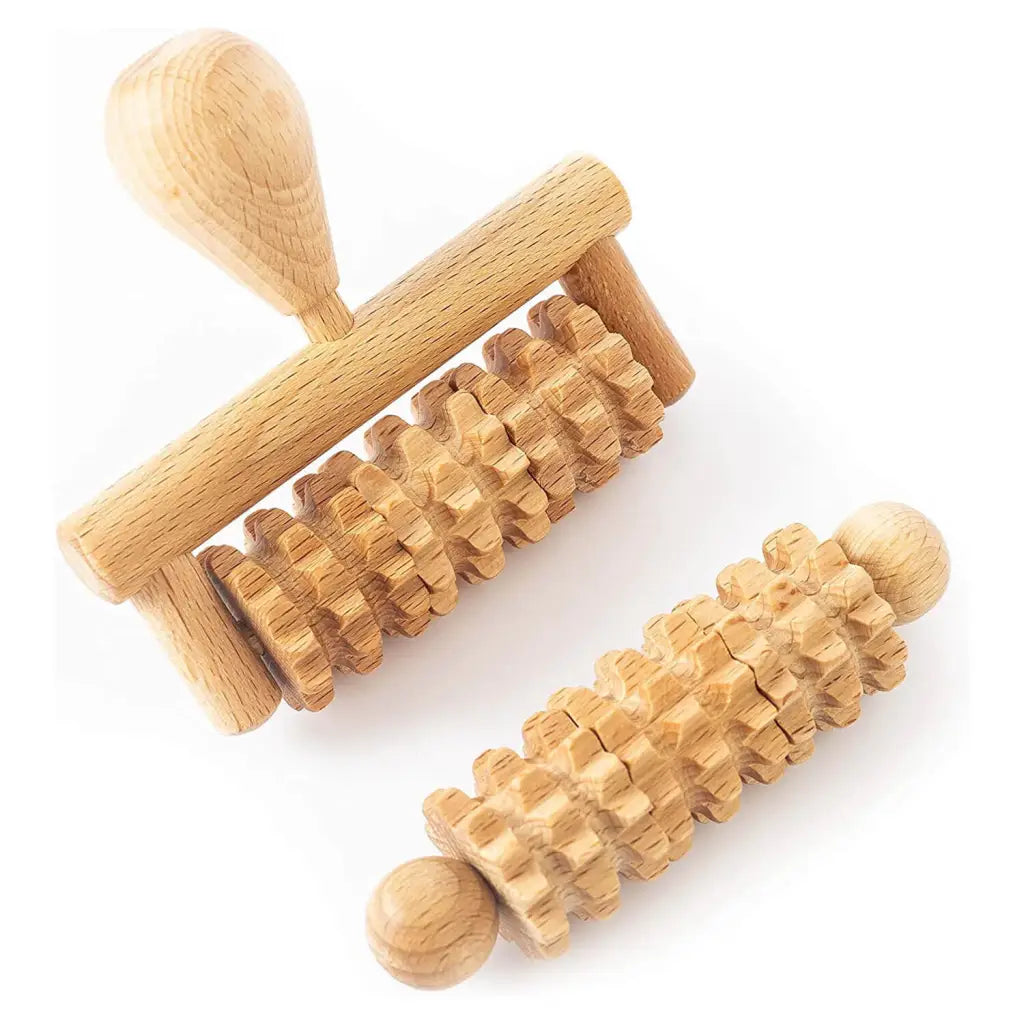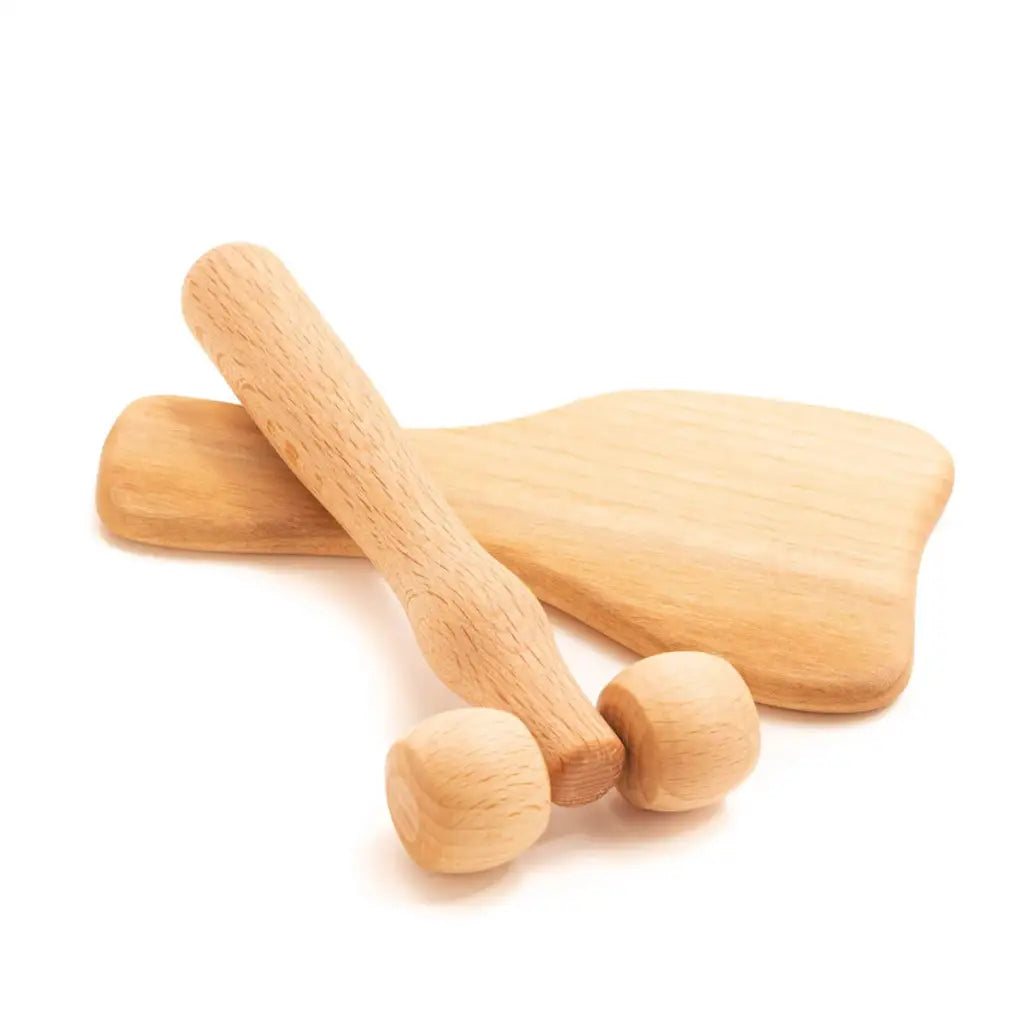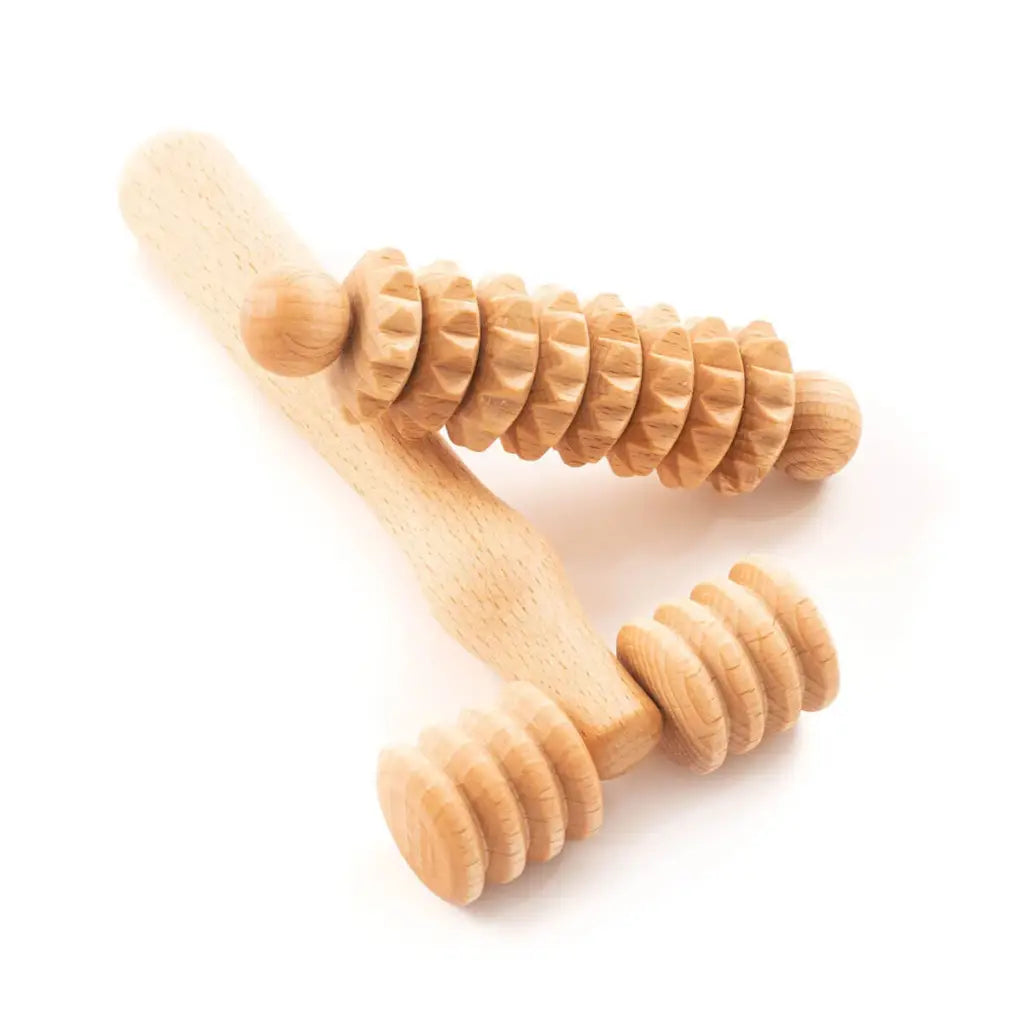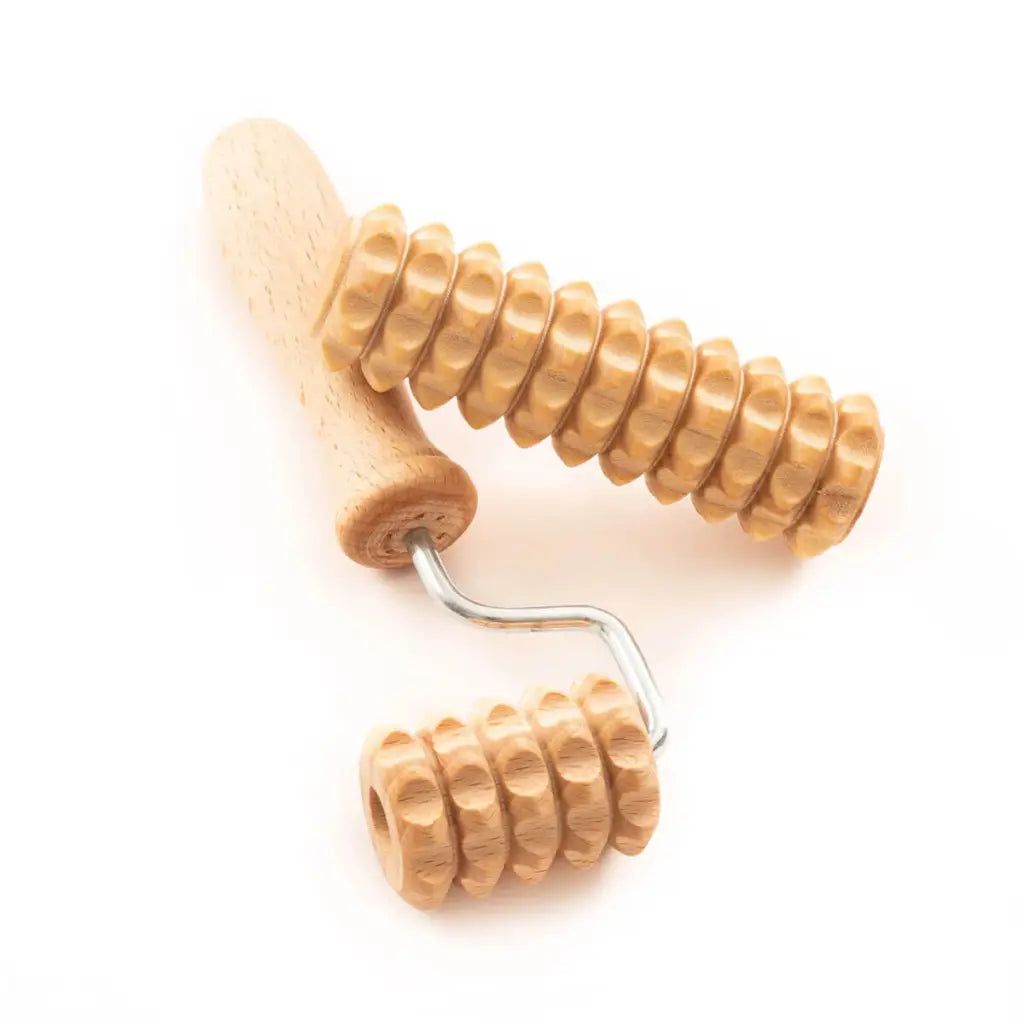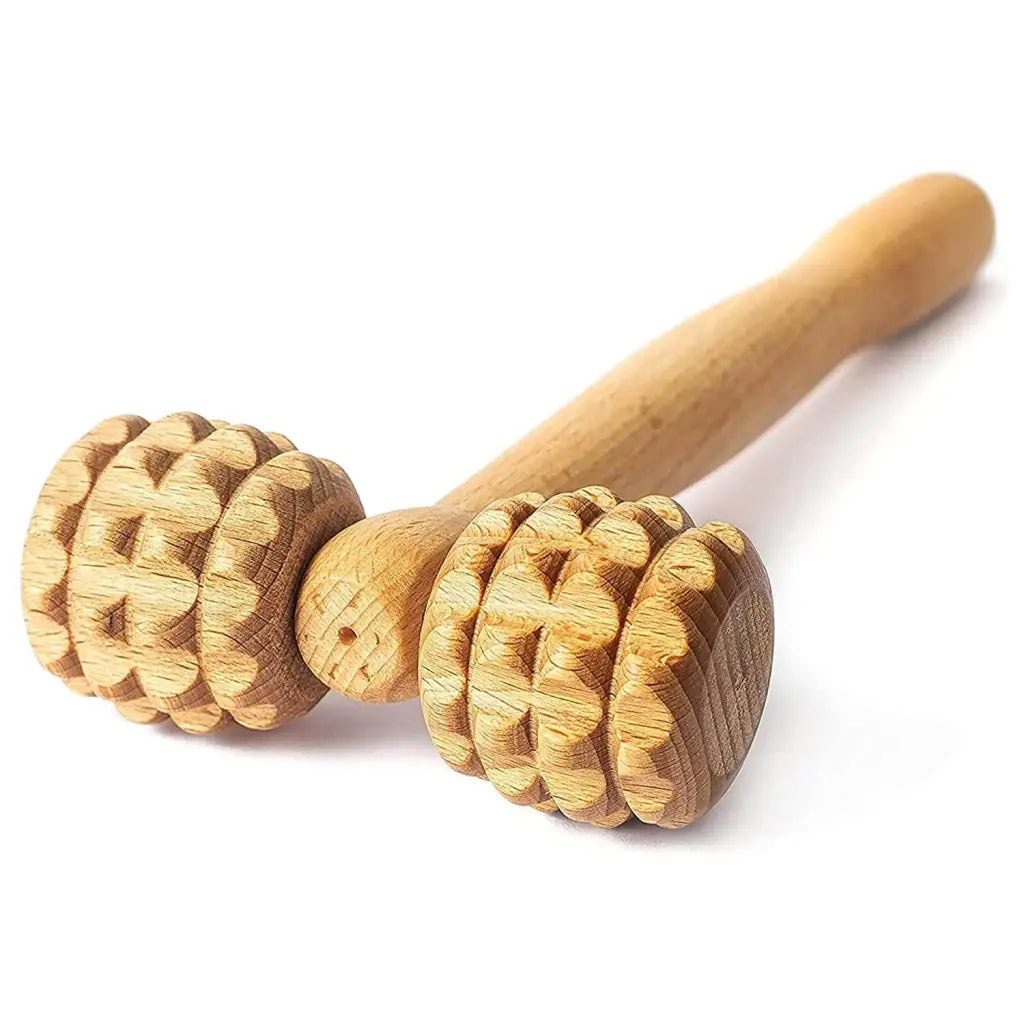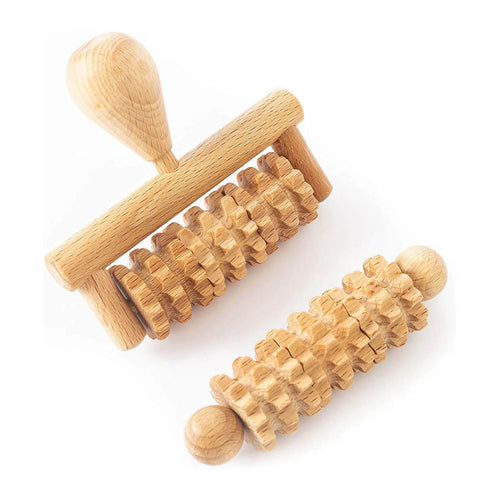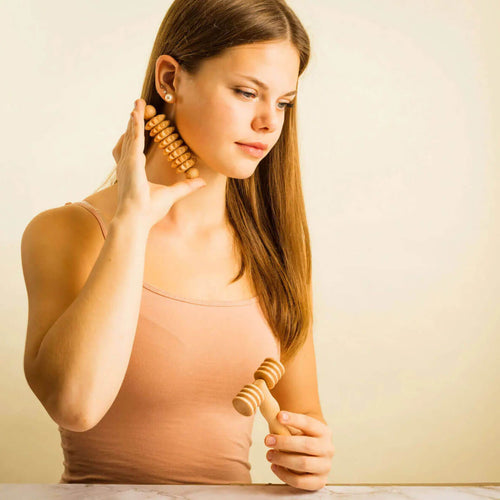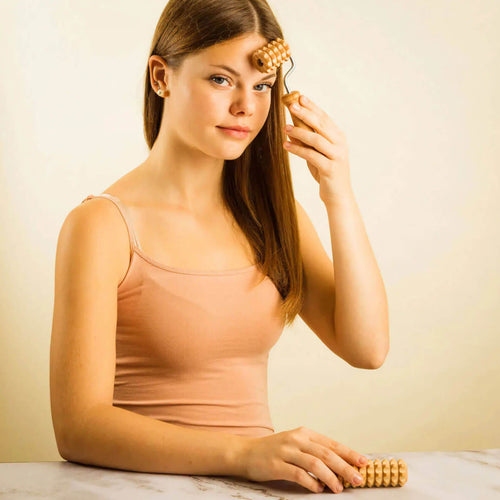
How to Use a Massager on Your Face: Tips for Radiant Skin and Relaxation
Facial massage has become a popular self-care ritual, offering more than just relaxation. You might be wondering if it can really make a difference in your skincare routine. The answer is yes! Facial massage can boost circulation, reduce puffiness, and promote a healthy glow, making it a powerful tool in achieving that coveted radiant complexion.
Let’s explore the science behind facial massage and how it can enhance your skin’s health and appearance.
Understanding Facial Massagers
Facial massage involves applying gentle pressure and movements on the facial skin to stimulate blood circulation. This increases oxygen and nutrient delivery to skin cells, contributing to a more vibrant complexion. Regular face massages can also help reduce puffiness, especially around the eyes, by encouraging lymphatic drainage to eliminate excess fluid. The result? A refreshed and youthful appearance.
In addition, facial massage helps relax facial muscles. Tight muscles contribute to tension and the formation of fine lines, so massaging these areas can encourage relaxation and potentially smooth out those lines over time. Specific techniques such as kneading, tapping, and stretching target different areas, and with consistent practice, you’ll notice an improvement in skin texture and elasticity.
Moreover, face massage improves the absorption of skincare products. Massaging serums or oils into the skin enhances penetration, maximizing their effectiveness and adding value to your daily skincare routine.
Methods of Face Massage
Facial massage includes various techniques and tools, each designed to enhance the effectiveness of the practice. Here’s a breakdown of some popular methods:
Different Techniques
-
Kneading
Kneading involves using your fingertips to apply gentle pressure in circular motions. This technique improves blood flow and relaxes facial muscles, giving your skin a supple, refreshed appearance. -
Tapping
Tapping uses light, rhythmic motions across the face with your fingertips. This method stimulates lymphatic drainage, helping reduce puffiness and promoting a healthier look. -
Stretching
Stretching entails gently pulling and lifting the skin upwards and outwards. This technique helps firm the skin and can minimize the appearance of fine lines over time. -
Rolling
Rolling involves using tools or your fingers to roll over your face. This method encourages circulation and enhances product absorption, maximizing the effectiveness of skincare treatments. -
Massage with Essential Oils
Combining essential oils like lavender or rose with your massage helps hydrate and soothe the skin. Be sure to dilute the oils with a carrier oil for a safe, therapeutic experience.
Popular Tools for Face Massage
-
Jade Rollers
Jade rollers are popular tools that provide cooling effects to reduce inflammation and puffiness while promoting circulation. -
Gua Sha Tools
Gua sha tools, typically made from jade or rose quartz, allow you to scrape the skin to stimulate blood flow and lymphatic drainage, enhancing skin health. -
Electric Massagers
Electric facial massagers offer various settings for customized experiences, providing deeper penetration of products while stimulating facial muscles. -
Serums and Oils
Using serums or facial oils during your massage enhances slip and nourishment, allowing for smoother movements and maximizing hydration. -
Microcurrent Devices
Microcurrent devices use low-level electrical currents to stimulate facial muscles. Regular use can improve skin elasticity and provide a firmer appearance.
Considerations Before Face Massage
Before starting your facial massage practice, there are a few things to keep in mind to ensure you get the most out of it.
Skin Types and Sensitivities
Skin types vary, and different skin types may react differently to facial massage. Oily skin can benefit from stimulation to balance oil production, while dry skin requires gentler techniques to avoid irritation. Sensitive skin should be treated with extra care, using light pressure and hypoallergenic products. If you have conditions like rosacea or eczema, it’s best to consult a dermatologist before incorporating facial massage into your routine.
Possible Risks and Precautions
While facial massage offers numerous benefits, it’s important to be mindful of possible risks. Over-massaging can cause redness or inflammation, particularly in sensitive areas. Excessive pulling or tugging on the skin can worsen fine lines or sagging. Make sure to use clean hands and tools, and apply proper techniques, such as stroking upward and outward, to reduce the risk of skin damage. Always test products for allergic reactions before using them and discontinue use if irritation occurs.
Conclusion
Facial massage has truly transformed my skincare routine. Beyond giving me a radiant complexion, it has helped reduce puffiness and provided relaxation that enhances my overall mood. The variety of techniques and tools available makes it easy to personalize your routine to meet your needs.
With consistent practice, I’ve noticed significant improvements in my skin’s texture and elasticity. Remember to listen to your skin and use the right tools and techniques for your unique needs.
If you’re looking to elevate your skincare routine, facial massage is definitely worth incorporating. Shop Tuuli today for premium wooden face massagers and experience the benefits of this rejuvenating practice for yourself!
Frequently Asked Questions
What is facial massage and how does it benefit the skin?
Facial massage involves applying gentle pressure and movements to stimulate blood circulation, which helps deliver oxygen and nutrients to skin cells, resulting in a brighter complexion. It also reduces puffiness, relaxes muscles, and smooths fine lines, contributing to healthier skin.
How often should I perform facial massage?
For best results, it’s recommended to perform facial massage 2-3 times a week. Regular practice can enhance circulation and promote skin health, but more frequent sessions can also be beneficial if your skin tolerates it well.
Can facial massage help with puffiness around the eyes?
Yes, facial massage can significantly reduce puffiness around the eyes. By stimulating lymphatic drainage, it helps eliminate excess fluid, leading to a refreshed and youthful appearance.
What are the best techniques for facial massage?
Effective facial massage techniques include kneading, tapping, stretching, and rolling. Each technique offers unique benefits for circulation and relaxation, enhancing overall skin health and tone.
Which tools can I use for facial massage?
Popular tools for facial massage include jade rollers, gua sha tools, electric massagers, and microcurrent devices. These tools help improve circulation, reduce puffiness, and stimulate facial muscles for better skin elasticity.
Can facial massage cause skin irritation?
Yes, facial massage can cause irritation if not done correctly. It’s important to tailor techniques to your skin type, avoid over-massaging, and use clean hands or tools to minimize risks. Consult a dermatologist if you have sensitive skin or skin conditions.
Should I use products during facial massage?
Using serums and oils during facial massage is highly recommended. This enhances hydration and nourishment and allows for smoother movements across the skin, maximizing the benefits of the massage.
Is facial massage suitable for all skin types?
Facial massage can be suitable for most skin types, but techniques may need to be adjusted based on your specific needs. Individuals with conditions like rosacea or eczema should consult a dermatologist for personalized recommendations.
